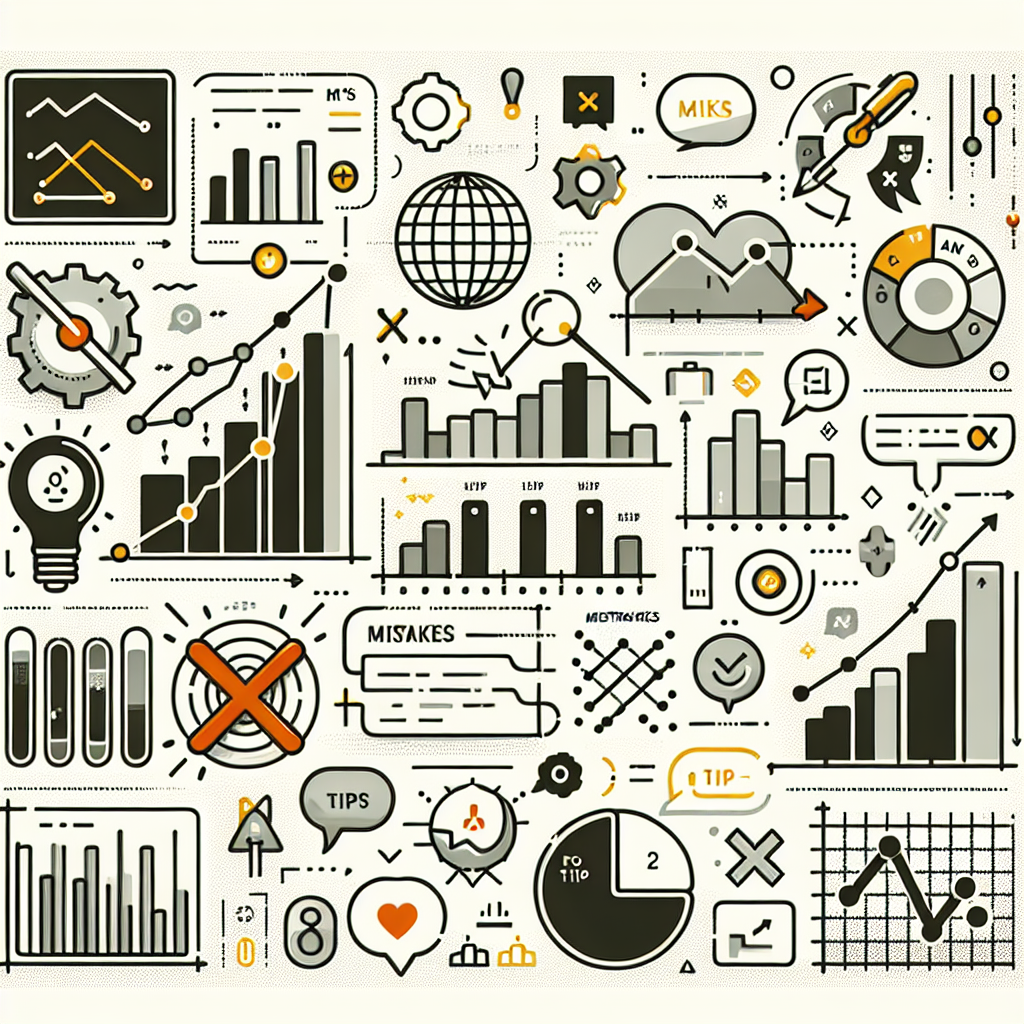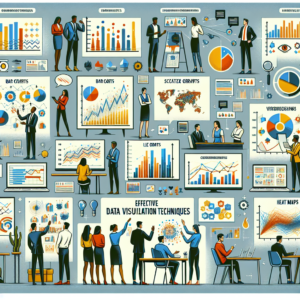===INTRO:===
In today’s data-driven world, businesses are increasingly relying on data analysis to make informed decisions. However, data analysis is a complex process that, if not conducted accurately, can lead to incorrect, and sometimes, disastrous conclusions. Recognizing common mistakes in data analysis can help organizations avoid these pitfalls and extract meaningful insights from their data.
Unveiling the Complexity: Common Mistakes in Data Analysis
One common mistake in data analysis is overfitting the model. Overfitting occurs when a statistical model describes random error or noise instead of the underlying relationship, leading to overly complex models that fail to generalize from the training data to new data. Another common mistake is neglecting to validate assumptions. Data analysts often make assumptions about the nature of their data, such as its distribution or the independence of observations. If these assumptions are incorrect, the conclusions drawn from the data can be misleading. Lastly, analysts often make the mistake of relying too much on p-values for decision making. While p-values can provide useful information, they should not be used in isolation to draw conclusions about the data.
Transforming Errors into Learning: How to Avoid Data Analysis Mistakes
Avoiding overfitting involves understanding the balance between bias and variance. Rather than creating a model that fits the training data perfectly, analysts should aim for a model that is sufficiently complex to capture the underlying patterns but not so complex that it fails to generalize. One possible solution for this is cross-validation, which involves splitting the data into training and validation sets to test the model’s ability to generalize. To avoid making incorrect assumptions, analysts should use exploratory data analysis to thoroughly understand their data and validate their assumptions about its nature. Finally, rather than relying solely on p-values, analysts should consider the practical significance of their findings and consult confidence intervals and effect sizes to make informed decisions.
Case Studies: Real-Life Examples of Data Analysis Mistakes and Rectifications
One classic example of data analysis mistakes can be found in the 2008 financial crisis. Here, financial institutions relied heavily on the Gaussian copula model for risk analysis. The assumptions underlying this model proved to be incorrect, contributing significantly to the crisis. However, the crisis led to a greater understanding of the limitations of mathematical models and the importance of validating assumptions, which has informed risk management strategies moving forward. Another example of data analysis mistakes can be found in clinical trials. In the early stages of the COVID-19 pandemic, some researchers incorrectly interpreted p-values, leading to misconceptions about the effectiveness of certain treatments. However, these errors were rectified as researchers began to consider the practical significance of their findings and consult other statistical measures.
Inspiring Growth: Summary of Key Takeaways in Avoiding Data Analysis Mistakes
In summary, avoiding common mistakes in data analysis involves understanding the balance between bias and variance to avoid overfitting, using exploratory data analysis to validate assumptions and considering a range of statistical measures rather than relying solely on p-values. Real-world case studies, such as the 2008 financial crisis and the early stages of the COVID-19 pandemic, underscore the importance of these strategies. By learning from these mistakes, organizations can extract meaningful insights from their data and drive informed decision-making.
===OUTRO:===
In conclusion, navigating the intricacies of data analysis is a complex task. However, by understanding and avoiding common mistakes, organizations can leverage their data to its full potential. The key to successful data analysis lies in transforming errors into learning opportunities, leading to more accurate results and impactful decisions. Let us take these insights as stepping stones to a future where data analysis is not just a tool, but a transformative force driving growth and innovation.











